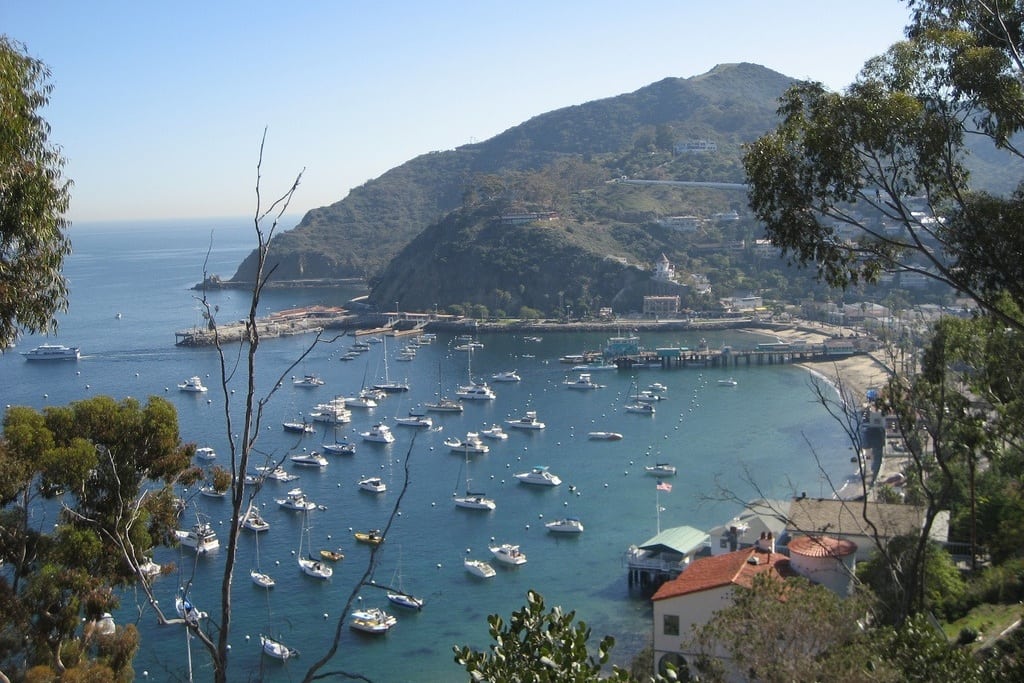Skift Take
Profitability and sustainability go hand-in-hand on Catalina where protecting the environment is big business and drives the island’s main source of income: tourism.
Balancing the environment and the economy is difficult, especially on a sparsely populated island such as Santa Catalina Island. Located approximately 20 miles off the coast of Los Angeles, Catalina’s economy is largely dependent on the tourists that visit the island each year. One of the main draws for tourists is the natural environment, which heavily contrasts the urbanization of Los Angeles. While Catalina has a history of environmental conservation, a variety of challenges lie ahead as Catalina tries to increase the number of tourists that visit each year without negatively impacting the environment.
In 1972, Philip Wrigley created the Santa Catalina Island Conservancy in order to balance the tourism and conservation of the island. He gave 88% of the island to the conservancy for the purpose of improving the environment while allowing visitors to explore and enjoy it. Since then, the Conservancy and Island Company have continued to attract tourists to the island and sustain not only the island’s environment, but also its economy.
The Daily Newsletter
Our daily coverage of the global travel industry. Written by editors and analysts from across Skift’s brands.
Have a confidential tip for Skift? Get in touch
Tags: beaches, california, green
Photo credit: Visitors arrive at the beach during a day trip to Catalina Island. Nate and Tilly Ritter / Flickr
